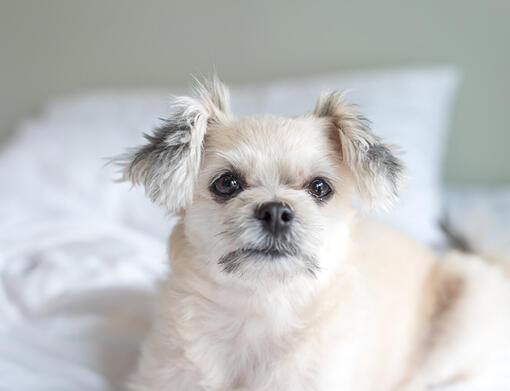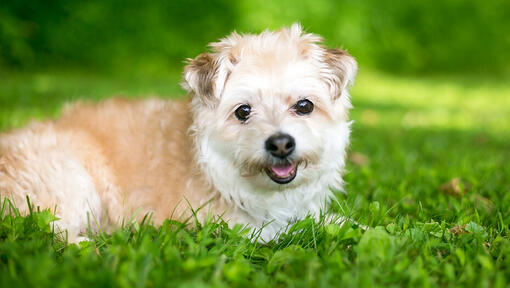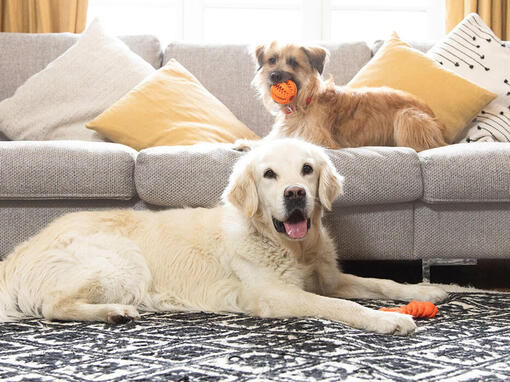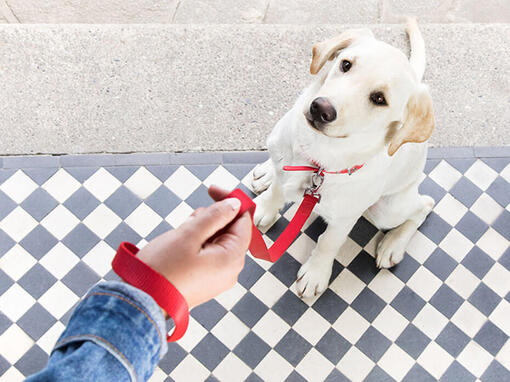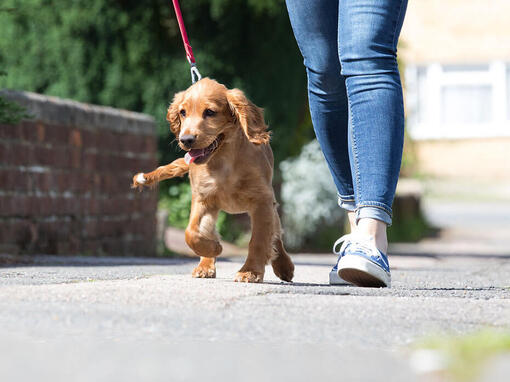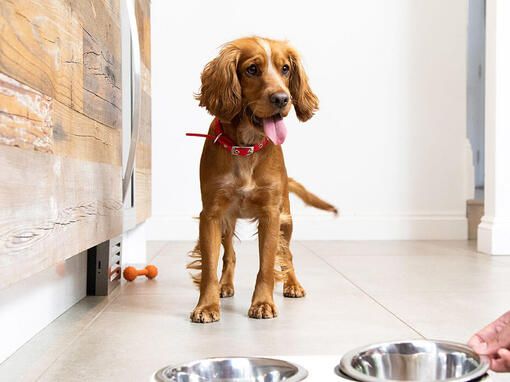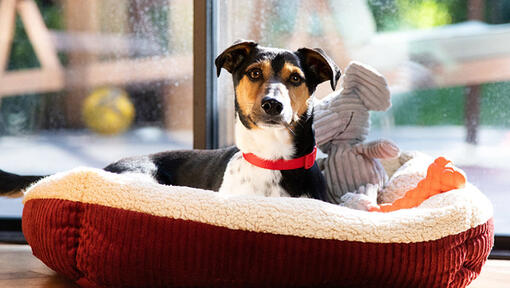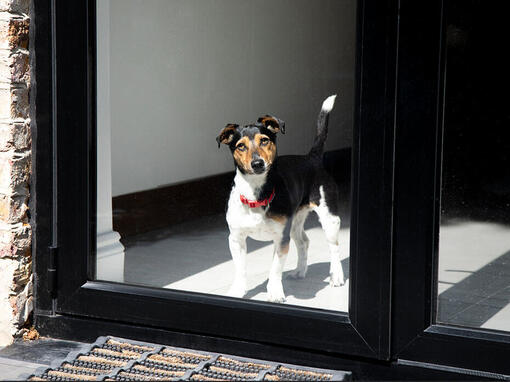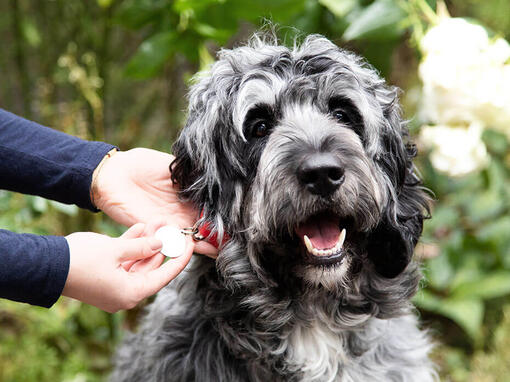If you’re looking for an active, fun toy dog that doesn’t need much exercise and doesn’t shed as much coat, the Pomapoo might be the one for you.
The Pomapoo is one of the smaller designer crossbreeds, which is growing in popularity. And for good reason. The breeds that make up the Pomapoo are two adorable toy dogs: the Pomeranian and the Toy Poodle.
The Pomapoo can be a first cross (with one Pomeranian and one Poodle parent, they can be bred back to one of the original breeds, or be two Pomapoos bred together (although in-breeding can be an issue in this case). This means that there are varieties in shape, colours and coat types, but in all cases this crossbreed is all about very small and friendly companion dogs.
